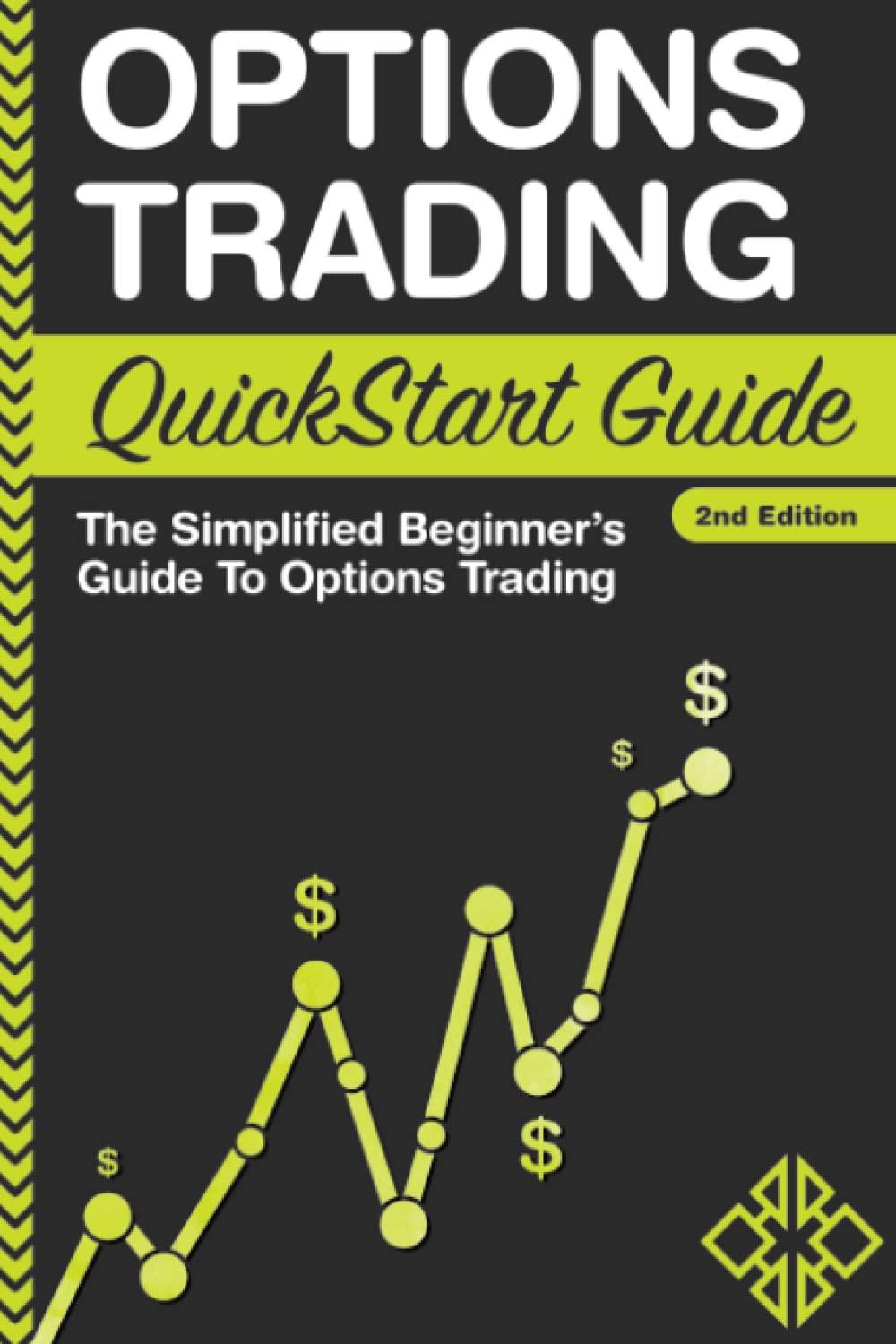

Emission fees and mechanisms. Consider an industry with N polluting firms producing a homogenous good. Let the profit function of firm i be Ti (qi) = ln qi, which is increasing and concave in its pollutants qi- The social cost from pollution is n2 C (91,..., 9n) = i=1 which is also increasing but convex in the pollutants qi emitted by firm i. Finally, a regulator (e.g., government agency) considers the following welfare function W (91, ..., 9n) = Ti(qi) C (91, ..., 9n) i=1 (a) Complete information. Assume that the regulator can observe pollution levels and sets an emission fee ti per unit of emissions. Find the following: 1. Firm i's profit-maximizing pollution level as a function of fee ti, qi(ti). 2. The socially optimal pollution from firm i, 9$0 3. The optimal emission fee t; that induces firm i to produce q, i.e., the fee ti that solves qi(ti) = 4 so (b) Incomplete information. Assume that the level of pollution is unobservable to the regulator but observable among all firms. Then, the regulator can devise a circular monitoring mechanism, in which firm i reports the observed pollution level of firm i 1, qi-1, firm i 1 reports the observed pollution of firm i 2, 9i-2, and firm 1 reports that of firm n, In- This allows the regulator to set an emission fee per unit of pollution ac (7,9-i) ti agi where q; denotes firm i's pollution (reported by firm i + 1), and q-i represents the true pollution level of all other firms. In addition, firm i faces a penalty of (qi-1 91) for misporting his neighbor's pollution level not at qi-1- 1. Will firm i misreport the output of firm i 1? Why or why not? 2. Write down firm i's profit-maximization problem and solve for its optimal output. 3. Find the tax revenue generated by the mechanism, and the social cost of pollution Emission fees and mechanisms. Consider an industry with N polluting firms producing a homogenous good. Let the profit function of firm i be Ti (qi) = ln qi, which is increasing and concave in its pollutants qi- The social cost from pollution is n2 C (91,..., 9n) = i=1 which is also increasing but convex in the pollutants qi emitted by firm i. Finally, a regulator (e.g., government agency) considers the following welfare function W (91, ..., 9n) = Ti(qi) C (91, ..., 9n) i=1 (a) Complete information. Assume that the regulator can observe pollution levels and sets an emission fee ti per unit of emissions. Find the following: 1. Firm i's profit-maximizing pollution level as a function of fee ti, qi(ti). 2. The socially optimal pollution from firm i, 9$0 3. The optimal emission fee t; that induces firm i to produce q, i.e., the fee ti that solves qi(ti) = 4 so (b) Incomplete information. Assume that the level of pollution is unobservable to the regulator but observable among all firms. Then, the regulator can devise a circular monitoring mechanism, in which firm i reports the observed pollution level of firm i 1, qi-1, firm i 1 reports the observed pollution of firm i 2, 9i-2, and firm 1 reports that of firm n, In- This allows the regulator to set an emission fee per unit of pollution ac (7,9-i) ti agi where q; denotes firm i's pollution (reported by firm i + 1), and q-i represents the true pollution level of all other firms. In addition, firm i faces a penalty of (qi-1 91) for misporting his neighbor's pollution level not at qi-1- 1. Will firm i misreport the output of firm i 1? Why or why not? 2. Write down firm i's profit-maximization problem and solve for its optimal output. 3. Find the tax revenue generated by the mechanism, and the social cost of pollution








